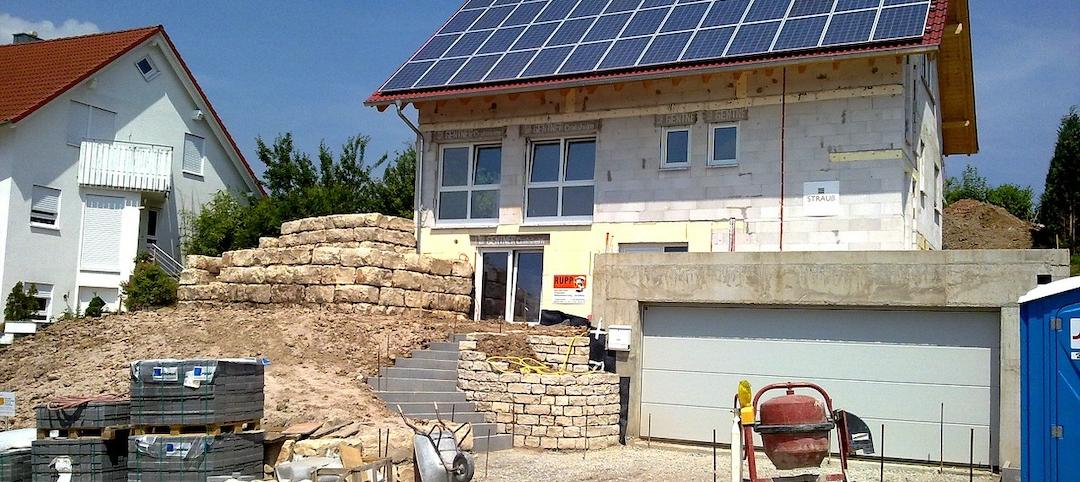A California developer believes grid-connected batteries represent the next step in advancing electric efficiency standards on its development portfolio.
The Irvine Co. and Advanced Microgrid Solutions recently installed 16 Tesla PowerPack battery systems at an office tower. It was the first installation in what will be a fleet of Irvine Co. Hybrid-Electric Buildings that will be used for grid support by Southern California Edison.
The hybrid-electric building, as an Irvine executive calls it, charges its battery system on off-peak hours and later discharges the battery during times of peak energy use. This reduces the energy drawn from the electricity grid during peak periods.
The result is lower electricity costs (10% savings or more) and a more stable and flexible electric grid. With large users drawing power from batteries during peak times, utilities can avoid starting additional power plants to serve peak loads, thereby reducing associated greenhouse-gas emissions.
Battery storage can also be combined with photovoltaic panels, providing additional cost savings and environmental benefits.
Related Stories
Codes and Standards | Oct 28, 2021
Design competition launched to show role of mass timber in decarbonization
Forest Service and Softwood Lumber Board will award $2 million in grants to winning teams.
Codes and Standards | Oct 27, 2021
Texas reforms series of contractor laws
Measures seen as making it easier to do business in the state.
Codes and Standards | Oct 26, 2021
Drownings during Hurricane Ida point out FEMA flood map flaws
Eleven people drowned in New York City in areas marked as low risk.
Codes and Standards | Oct 26, 2021
Dept. of Energy’s REScheck tool updated for the 2021 International Energy Conservation Code
Previous version incorporated 2018 code.
Codes and Standards | Oct 20, 2021
New York City passes overhaul of construction codes
Over 600 major changes along with thousands of smaller updates slated for 2022.
Codes and Standards | Oct 20, 2021
One-quarter of U.S. critical infrastructure at risk of failure due to flooding
Police and fire stations, hospitals, airports, and wastewater treatment facilities face threat.
Codes and Standards | Oct 19, 2021
Pittsburgh enacts first-in-the-nation “Dark Sky Lighting” law
Applies to all city parks, facilities, and streetlights.
Codes and Standards | Oct 15, 2021
New Calif. law mandates use of lead-free plumbing fixtures
Must meet NSF/ANSI/CAN 61-2020 in 2023.
Codes and Standards | Oct 14, 2021
Building industry leaders urge governments to boost emissions reductions targets
Scores of large AEC firms and organizations sign letter to UN’s COP 26 group.
Codes and Standards | Oct 13, 2021
FEMA’s new flood insurance plan will sharply raise insurance costs for seaside properties
Risk Rating 2.0 will have more accurate assessment of flood risk.

















